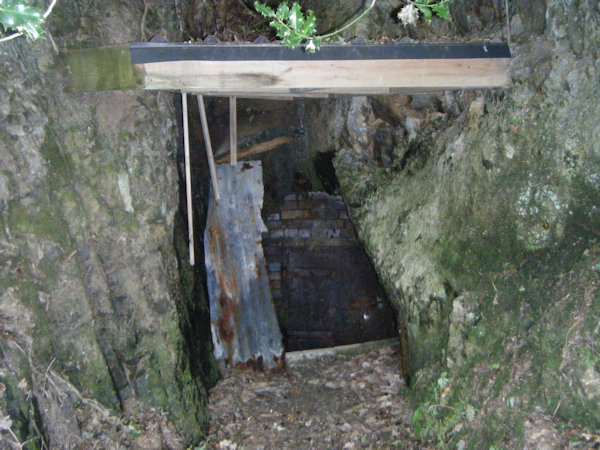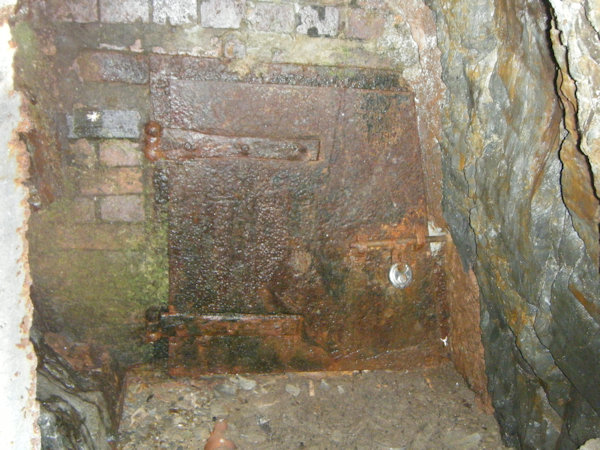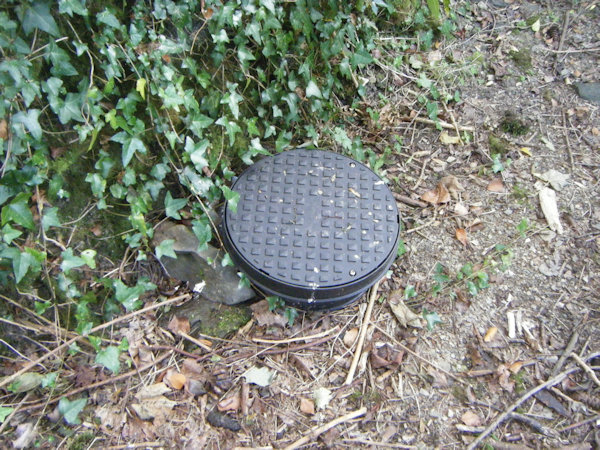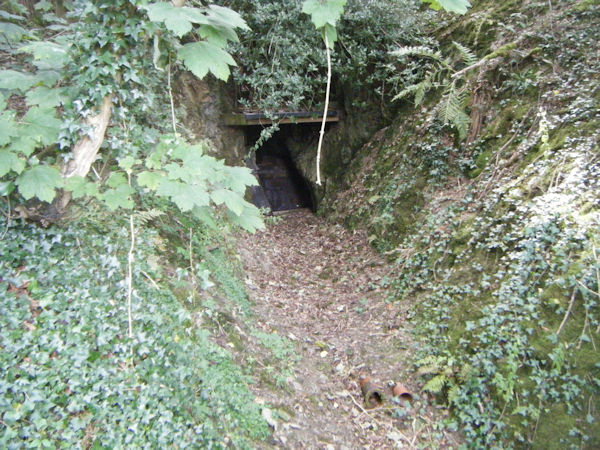 |
Dedication: Saint Lucia? Location: Cwm Coordinates: 53.28231, -3.39725 Grid reference: SJ069770 Heritage designation: none |
HOME - WALES - FLINTSHIRE
 |
Dedication: Saint Lucia? Location: Cwm Coordinates: 53.28231, -3.39725 Grid reference: SJ069770 Heritage designation: none |
St Lucia, a late 3rd century Sicilian martyr, does not appear to have been especially popular in medieval Wales. Nonetheless, there is some evidence, in the form of a church dedication in Betws Leucu, a village in Cardiganshire, that her cult did spread here. However, I have been unable to identify any other dedications to the saint in Wales, and there is ongoing debate as to whether Betws Leucu's name refers to St Lucia, or to a notable inhabitant (Leucu being a common Welsh name) of the area; if the latter is true, then the church's dedication is unlikely to be medieval. Nevertheless, it is worth noting that the Imperial Gazetteer of England and Wales, published in the early 1870s by John Marius Wilson, describes Betws Leucu as "Betws Leiki", which establishes a potential link between the Welsh title for St Lucia, "Leucu", and the name of this holy well. A dedication to St Lucia in this location in Flintshire is rather inexplicable, however, and it is quite unlikely that St Lucia really was the medieval patron saint of the spring.
There is also a chance that Ffynnon Leiki is named after a now-forgotten local saint. In several places across Wales, most notably at Llandegla in Denbighshire, only the name of the parish's founding saint is now remembered, and something similar could have happened at Cwm. Of course, the parish church of Cwm was founded by, and still bears the dedication of, St Sulien and St Mael, and it seems unlikely that there was another saint active in such close proximity to them. Instead, it is much more probable that the well derives its name from a secular source, but has later been mistakenly assumed to be dedicated to a saint; perhaps the spring is actually named after a local inhabitant who used the well regularly.
Irrespective of its potential links to the cult of the saints, Ffynnon Leiki was certainly in existence by the close of the 17th century, when the site was included in Edward Lhuyd's Parochialia. Lhuyd described it as "Ffynnon Leiki als. ff. Kilhayl", and explained that the well's latter title means "lhe ni thwnnodh hayl erioed" ("where the sun never shines"). Today, it is often assumed that the name "Ffynnon Kilhayl", now standardised as "Cilhaul", must be a later title, which would mean that "Ffynnon Leiki" was the site's original name; however, I have found no evidence to support this, and it seems that the name "Cilhaul" was actually the most commonly used. Indeed, the 1840s tithe map of the parish shows that a farm named "Cilhaul" then existed near the well, and undoubtedly used its water, and all Ordnance Survey maps that mark the spring call it "Ffynnon Cil-Haul".
At some point, presumably during the late 19th or early 20th century, the entrance to the cave in which Ffynnon Leiki is located was bricked up to improve the supply for nearby Bodrhyddan Hall; some sort of pumping equipment must also have been installed at the site. It is not clear if these changes had been made by the time that the Royal Commission inspected the well on the 6th of July, 1910, but the Commission's subsequent report did confirm that Ffynnon Leiki was "now used for the supply of Bodrhyddan Hall". From the appearance of the site, it seems that little has changed since the alterations took place, and, when I visited Ffynnon Leiki in August 2025, the structure appeared to be in good condition. The square iron door, which had evidently been cut to fit into the space, had been secured with a much newer padlock, and a modern roof had been constructed over the site. Although I could hear water running behind the door, I did not see any.
 |
 |
 |
|
Access: The well is located just off a public road. |
Copyright 2025 britishholywells.co.uk